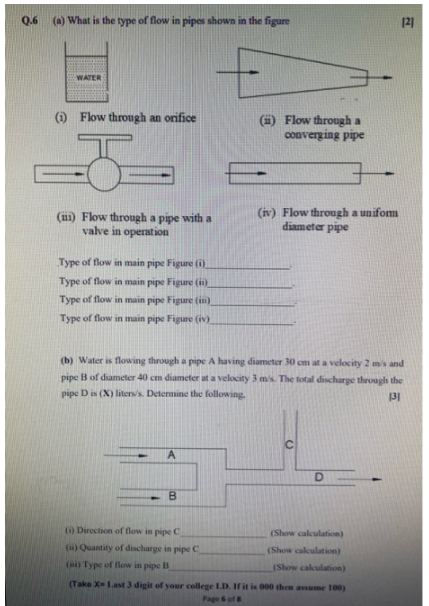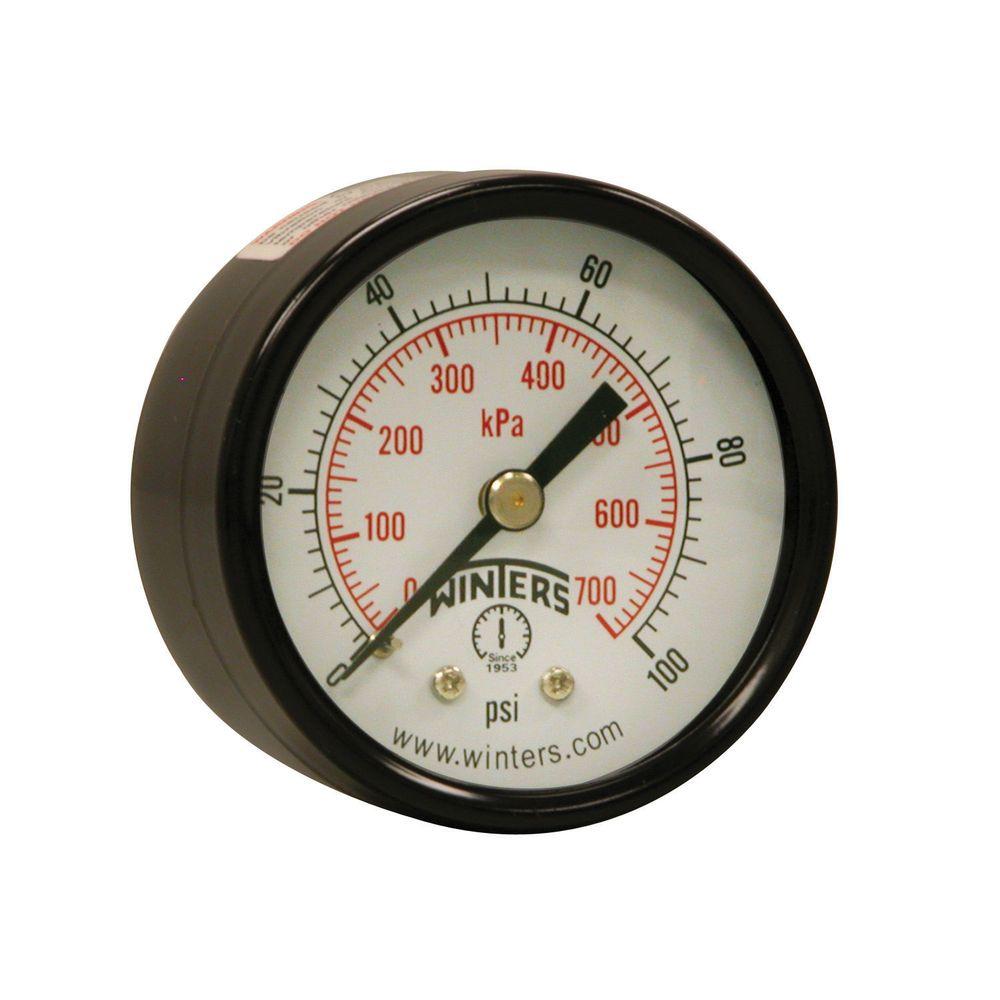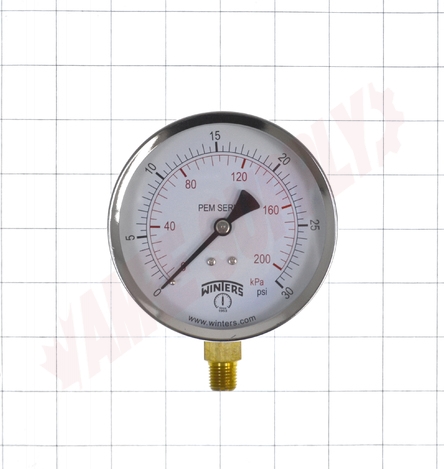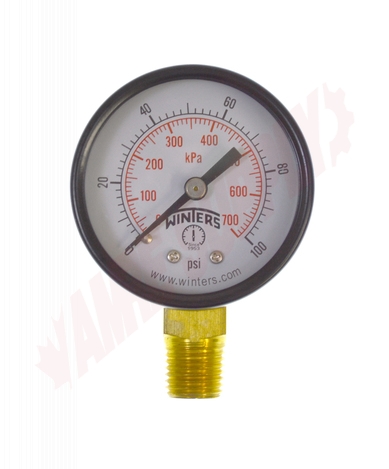

Pem ram pressure 100 upgrade#
So when do you need to upgrade your cluster? Well, this of course depends on your performance and stability needs, and hence the decision is yours, but I’ll provide you with a guideline below.Īnything below 75% - the green range of the indicator - is good and there is no need to upgrade unless you expect an increase in requests. This is why we we have based our memory pressure indicator on the fill rate of the old pool.Įden (new objects) and Oldgen (objects having survived collection in Eden)
Pem ram pressure 100 full#
If you monitor each of these pools separately, you will see the same sawtooth pattern, but the old pool is fairly steady while the new pool frequently moves between full and empty.

This is due to the fact that it’s less likely to be any substantial amount of garbage there. After the collection of the new objects pool, surviving objects are moved to the old objects pool, which is garbage collected less frequently. There are separate pools in the heap for new objects and old objects and these pools are garbage collected separately. The JVM garbage collector is designed such that it draws on the fact that most objects are short lived. This constant state of flux makes the current total memory usage a poor indicator of memory pressure. When the garbage collector finishes you’ll see a drop on the memory usage graph. Most of these objects are however short lived and quickly become available for collection by the garbage collector. The reason for this sawtooth pattern is that the JVM continously needs to allocate memory on the heap as new objects are created as a part of the normal program execution. If you monitor the total memory used on the JVM you will typically see a sawtooth pattern where the memory usage steadily increases and then drops suddenly. In this article I will cover the basics of the old pool and why we chose that as the indicator. For those familiar with how the JVM garbage collector works: "The indicator uses the fill percentage of the old generation pool".

We all know memory is critical to Elasticsearch, but when should you add more? In the Found console we've included a memory pressure indicator so that you can easily check where your cluster is at in terms of memory usage and capacity.

Please note that Found is now known as Elastic Cloud. UPDATE: This article refers to our hosted Elasticsearch offering by an older name, Found.


 0 kommentar(er)
0 kommentar(er)
